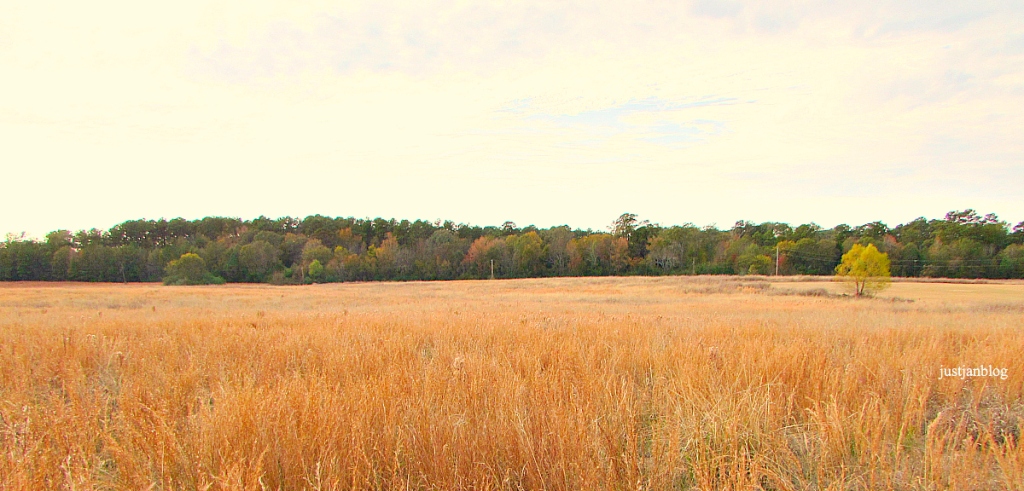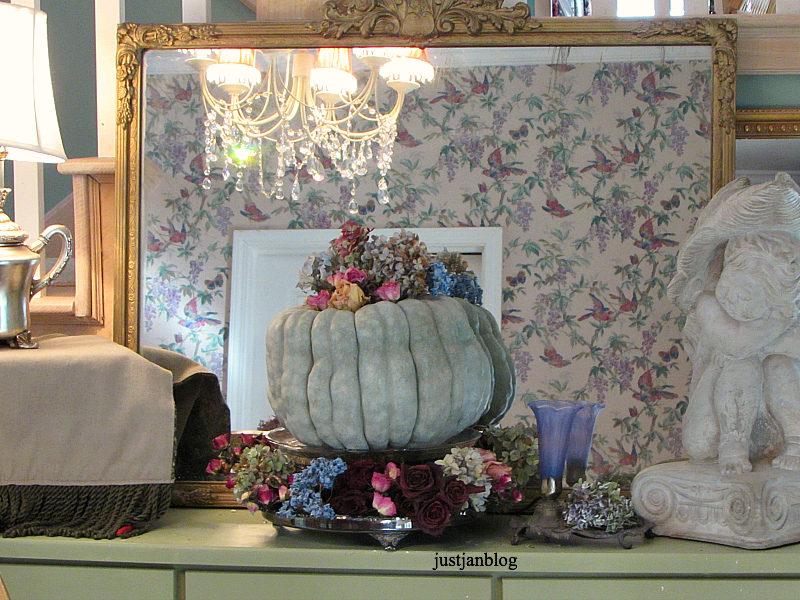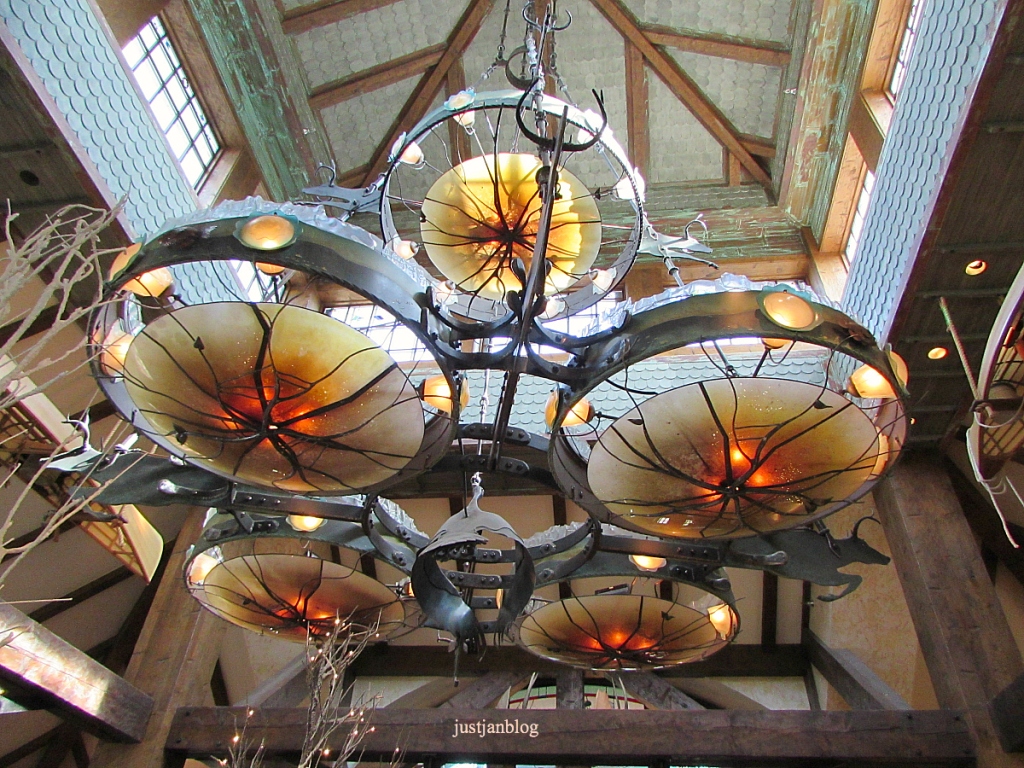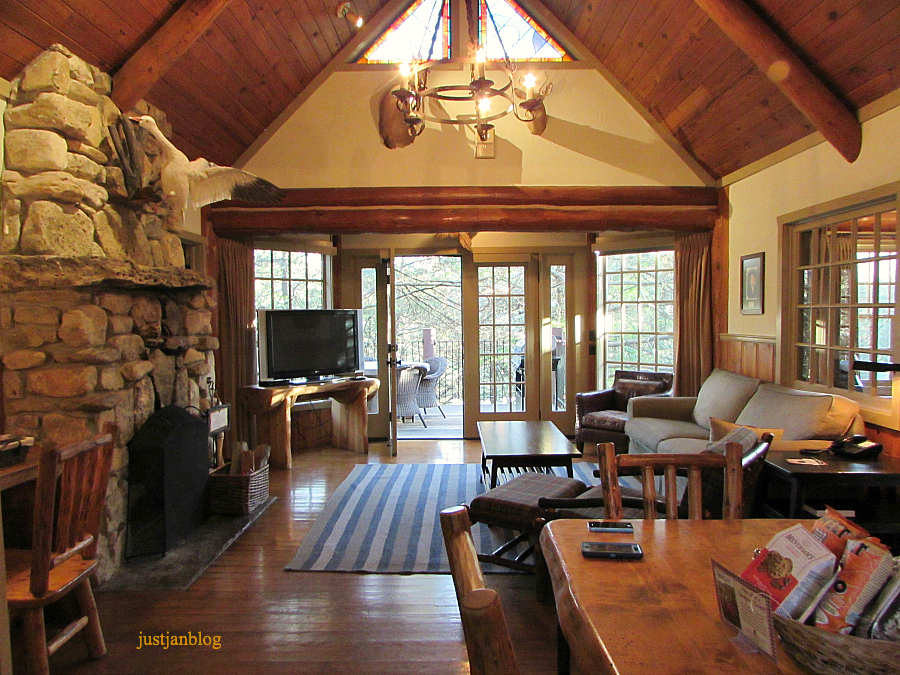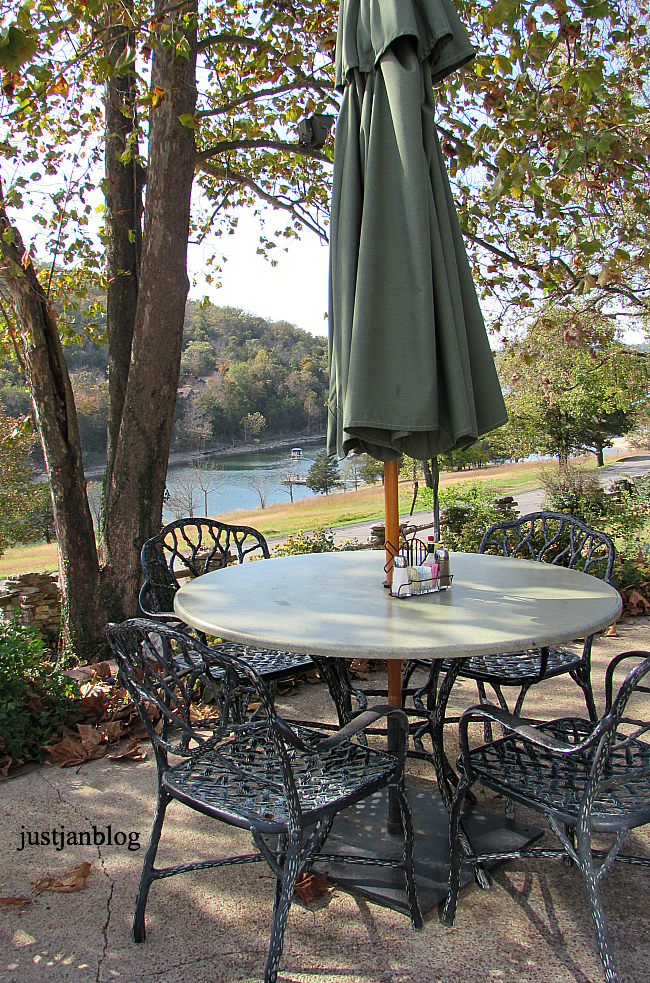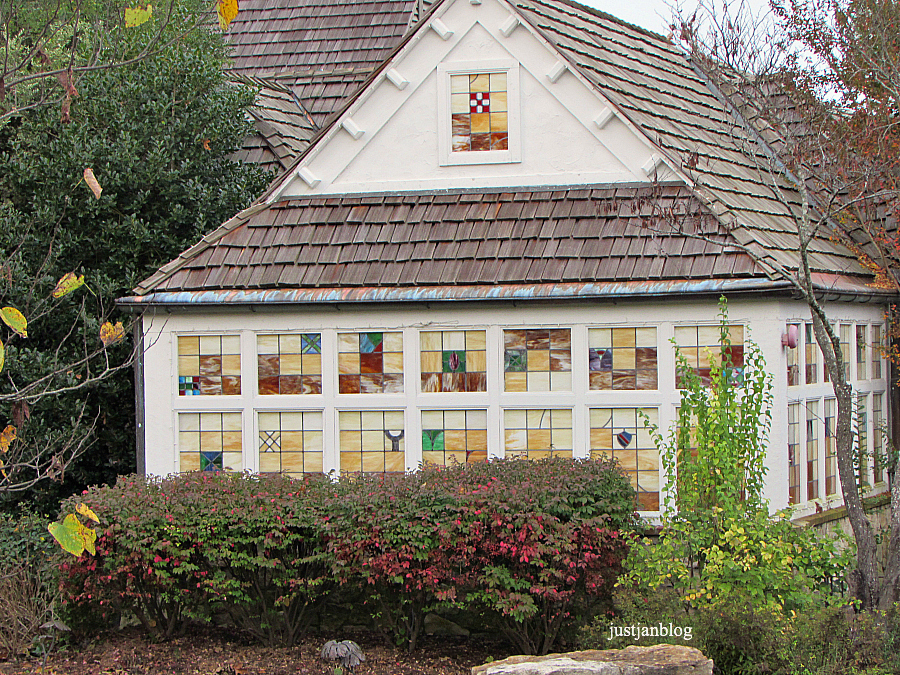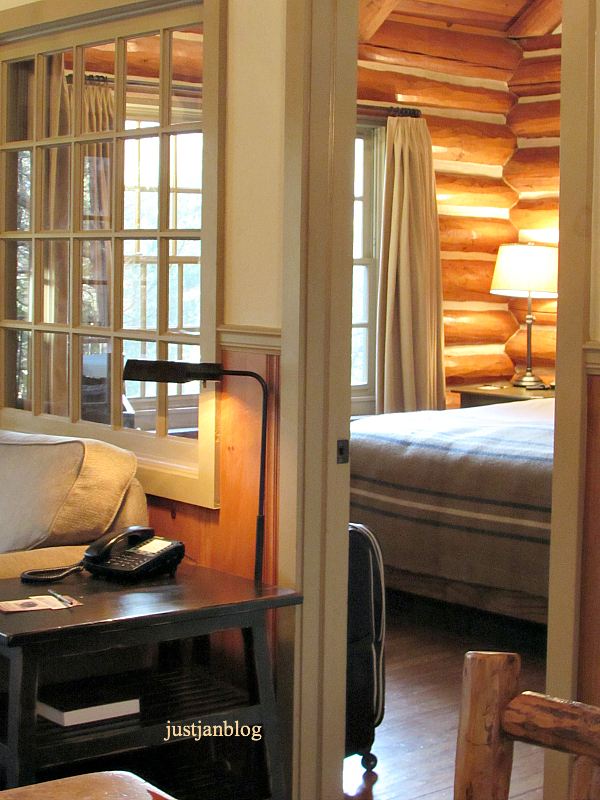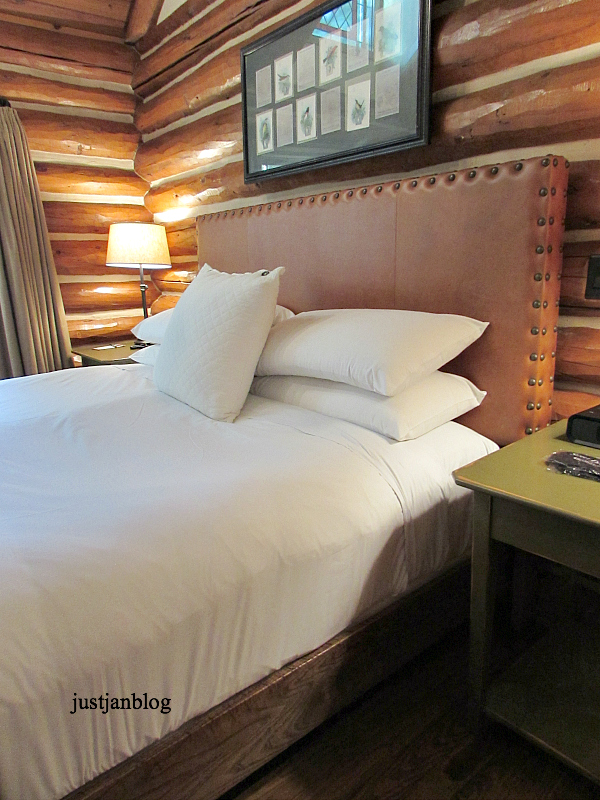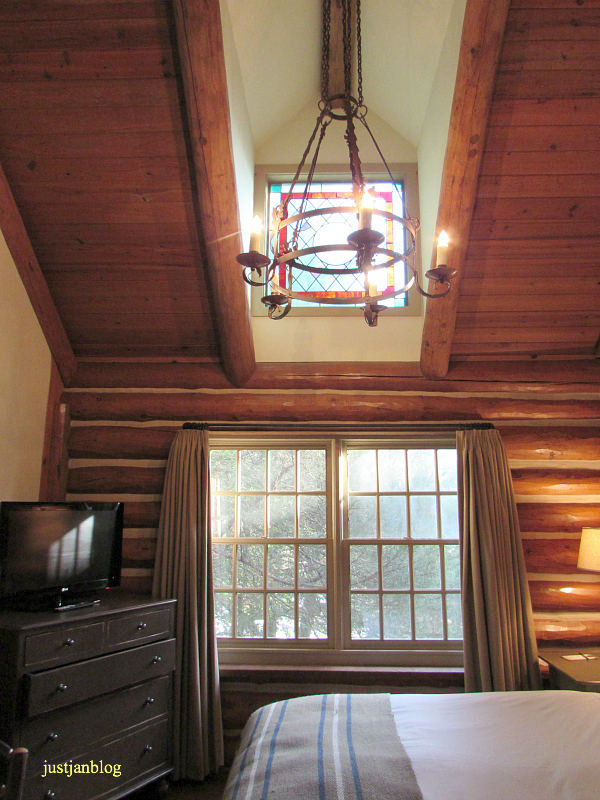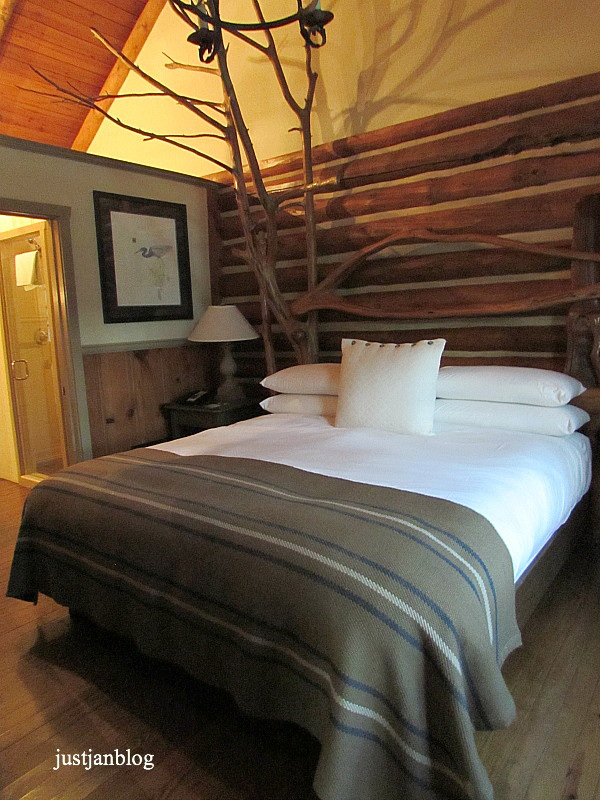Daily Leader
Remembering The Inez - by Carroll Case - February 11, 1987
"If
you want to know anything about the Inez Hotel, talk with George
Martin. The eighty-three-year old caretaker is alert, articulate and
above all an expert on one of Brookhaven's oldest landmarks. He and the
Inez have been inseparable since 1929.
"She was really something
in her day," he says as he settles back into a green vinyl chair in the
hotel lobby. Clasping his hands around one knee, he leans back and
starts telling how it used to be when the Inez was the only place to
stay in Brookhaven.

"This
room we are sitting in was not always the hotel's lobby. It was once
the sample room. The original lobby was in the northwest corner of the
building, the space where the Elite Shop would be. You see back in
those days traveling salesmen, or drummers as we would call them, would
bring all types of things to sell. Most of them would come by train and
we would have to go over to the depot and carry their heavy trunks back
over here, then we would help them set up their samples and displays. I
made a lot of tips handling those trunks."
George Martin was born
in Liberty, Mississippi but soon moved to Brookhaven. "My daddy was in
the hauling business" he said. "He owned a couple of trucks." I
attended high school in Tougaloo. During the summer I worked on dining
cars for the MK&T Railroad line. One summer, however, I was given a
job in Cody, Wyoming. I worked at Cody Inn, a fine hotel. That's when
it got in my blood. I came back to Brookhaven and in less than a year I
started to work for the Inez.

"The
Gilleys owned the Inez at that time. That was the last Friday in
August,1929. From that day until this very one I have worked at this
hotel. Even after it closed in 1975, I took care of it."
George
Martin has indeed taken care of the hotel. There is not a mouse, a
roach or even a broken pipe in the entire structure. He takes as much
pride in the appearance in the old building as he does in his own
appearance.
Martin started off at the hotel as a bellboy working
mostly for tips. "My best tips came from overnight guests who had too
much to drink. They were always a lot freer with their money but we had
some snakes that stayed here. That's what we called tightwads. No
matter what all you did for them, you were lucky to get fifteen cents.

"When
I first started to work a single room rented for four dollars a night.
When the hotel closed its doors in 1975, you could still get a single
for as low as six dollars.
"We really used to have the crowds", he
recalls. "During World War II, we would have so many people needing
rooms that some folks would sleep in the halls. Then the oil boom came
and we were packed every night. The restaurant did a good business too.
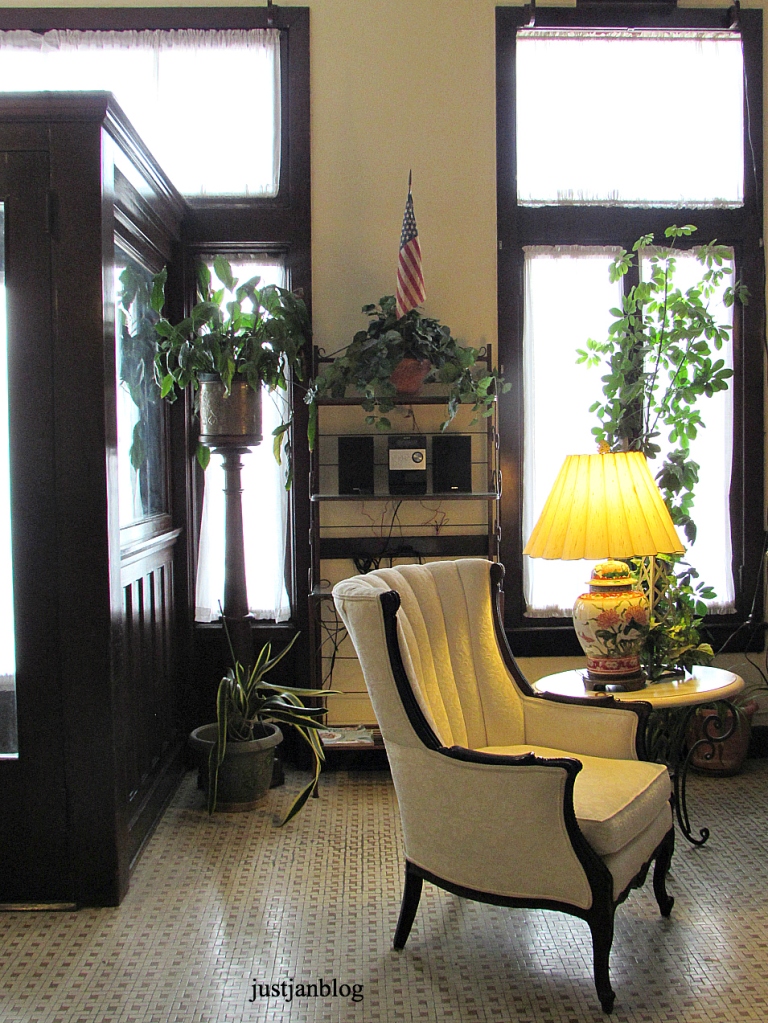
"In
1945 Mr. D. A. Biglane bought the Inez from the Gillys. He told us he
knew a lot about the restaurant business but did not know anything about
running a hotel. He told all of us that were working for him at that
time to not let him go broke and we didn't.
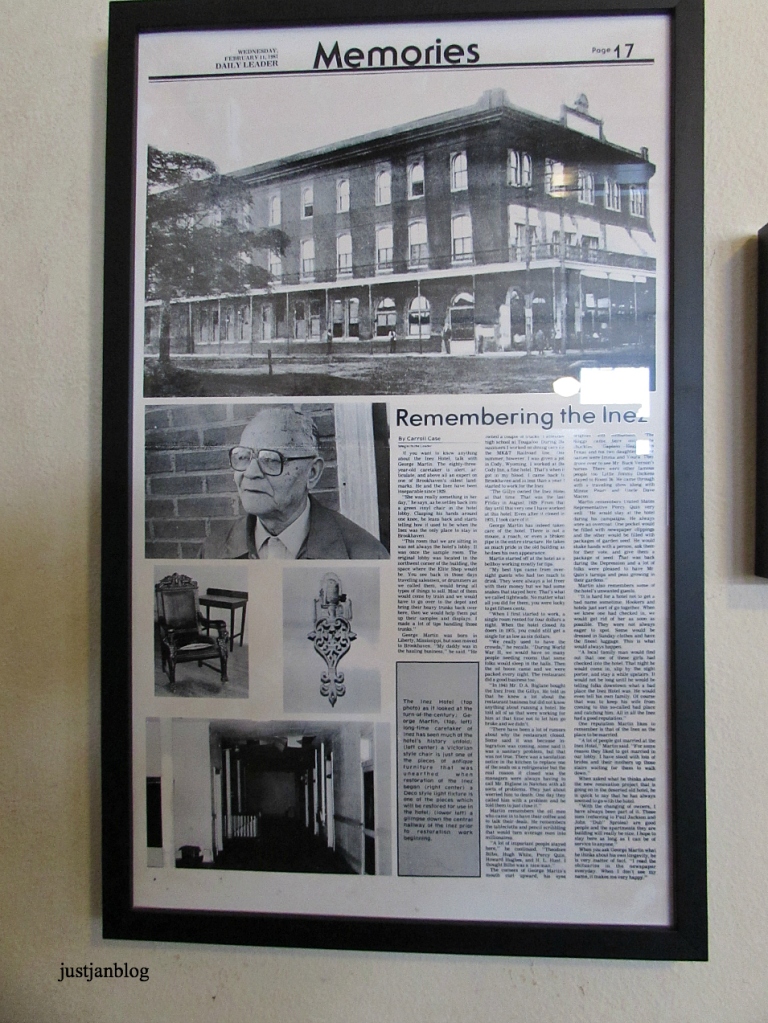
"There
have been a lot of rumors about why the restaurant closed. Some say it
was because integration was coming, some said it was a sanitary
problem, but that was not true. There was a sanitation notice in the
kitchen to replace one of the seals on a refrigerator but the real
reason it closed was the managers were always having to call Mr. Biglane
in Natchez with all sorts of problems. They just about worried him to
death. One day they called him with a problem and he told them to just
close it.


Martin
remembers the oil men who came in to have their coffee and to talk
their deals. He remembers the tablecloths and pencil scribbling that
would turn average men into millionaires.
"A lot of important
people stayed here," he continued. Theodore Bilbo, Hugh White, Percy
Quin, Howard Hughes and H.L. Hunt. I thought Bilbo was a nice man."
The
corners of George Martin's mouth curl upward, his eyes brighten with
enthusiasm. "The Hoggs came here once, he chuckles. "Captain Hogg from
Texas and his two daughters. Their names were Imma and Youra. They
drove over to see Mr. Buck Vernon's horses. There were other famous
people too. Little Jimmy Dickens stayed in Room 36. He came through
with a traveling show along with Minnie Pearl and Uncle Dave Macon."
Martin
remembers Representative Percy Quin very well. "He would stay at the
hotel during his campaigns. He always wore an overcoat. One pocket
would be filled with newspaper clippings and the other would be filled
with packages of garden seed. He would shake hands with a person, ask
for their vote and give them a package of seed. That was back during
the depression and a lot of people were pleased to have Mr. Quin's
turnips and peas growing in their gardens."

Martin also remembers some of the hotel's unwanted guests.
"It
is hard for a hotel not to get a bad name sometimes." Hookers and
hotels just sort of go together. When we knew one had checked in, we
would get rid of her as soon as possible. They were not always easy to
spot. Some would be dressed in Sunday clothes and have the finest
luggage. This is what would always happen.

"A
local family man would find out that one of these girls had checked
into the hotel. That night he would come in, slip by the night porter,
and stay a while upstairs. It would not be long until he would be
telling folks downtown what a bad place the Inez Hotel was. He would
even tell his own family. Of course that was to keep his wife from
coming to this so-called bad place and catching him. All in all the
Inez had a good reputation."

One reputation Martin likes to remember is that of the Inez as the place to be married.
"A
lot of people got married at the Inez Hotel, Martin said." For some
reason they liked to be married in our lobby. I have stood with lots of
brides and their mothers up those stairs waiting for them to walk
down."

When
asked what he thinks about the new renovation project that is going on
in the deserted old hotel, he is quick to say he has always seemed to go
with the hotel.
"With the changing of owners, I have always been a
part of it. These men are good people (referring to Paul Jackson and
John "Dub" Sproles) and the apartments they are building will really be
nice. I hope to stay here as long as I can be of service to anyone."
When
you ask George Martin what he thinks of his own longevity, he is very
matter of fact. "I read the obituaries in the newspaper everyday and
when I don't see my name it makes me very happy." -
Carroll Case

The
hotel was the center of social life for much of southwest Mississippi
during its heyday. The second floor was used as a restaurant and as a
ballroom for City Club, a local social club. Some of the downstairs area
was once used by drummers from northern manufacturing firms who
displayed their wares there to southwest Mississippi merchants. Hotels
were usually the center of all social activity in a small town. When
people go back to their hometowns, they usually want to see the
churches, the schools and the hotel. The Inez stand on the site of
Brookhaven's first brick building which was completed in 1865. It was
demolished in 1904 for the hotel.
The Inez was named in honor of
Inez Lenore Fass Scherck, the daughter of one of the original owners.
The young Inez placed a 1904 quarter under the first brick laid for the
hotel, according to information found in the building's cornerstone. The
original building was finished in 1904 and the architect was G.T.
Hallas of Hazlehurst. Later, a 24 room annex was completed in 1926.
Originally, the building housed single hotel rooms, public baths, an
elegant lobby and restaurant. Outside the second floor was a balcony
which ran the length and width of the building on Monticello Street and
Railroad Avenue.
The three-story Romanesque Revival styled hotel
has been converted into luxury apartments, and this landmark is included
in the National Register.
Jan






